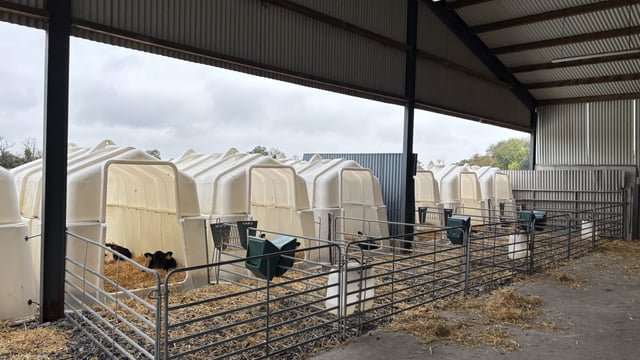What is high SCC costing the dairy farm?
Many farmers may see somatic cell count (SCC) rising in the back end of the year due to an increase in the number of infected quarters in your herd towards the end of the lactation.
Once you notice this rise, it is probably already costing you money, as high SCC has the potential to severely deteriorate the production of milk solids.
The following table table shows the average reduction in profit for climbing SCC in a 100-cow herd, according to CellCheck calculations:
| Annual SCC | Reduction in profit |
|---|---|
| 100,000-200,000 | €8,326 |
| 200,000-300,000 | €15,269 |
| 300,000-400,000 | €18,627 |
| >400,000 | €32,942 |
These calculations highlight how drastic the financial impacts of a slight increase in SCC are, especially in a time where margins are becoming increasingly tight.
This should remind farmers that high SCC in the bulk tank is not something that should be taken lightly; instead, proper measures should be put in place to prevent the rise.
A lot of farmers may overlook climbing SCC this late into the lactation, considering cows will be dried off soon.
However, the infection that is causing the climb will more than likely carry into the next lactation without proper treatment.
Preventing high SCC
Farmers should consider carrying out a final milk recording this month, as not only will this help with deciding which cows are high in SCC and which are profitable, it will also help with creating your drying-off strategy.
Farmers who do not milk record should consider taking it up, as it gives you a much better perspective of each cow, allowing you to make profit-boosting decisions.
Milk recording can cost anywhere between €10-€17 per cow, with an average of €12 per cow across Ireland.
This would work out at €4,800 a year for a 100-cow herd to be recorded four times. While that seems like a large cost, it can save you big money in improved animal health and performance.
If you have zero interest in milk recording, consider using the California milk test (CMT) to identify problematic cows.
Another advisable practice for cost-saving when SCC is rising is collecting milk samples from problem cows for culture and susceptibility testing.
You may decide to treat or cull cows depending on the results of these tests, with the latter option often being more common as problem cows end up costing farms money.
They often end up infecting healthy cows during the treatment process as cure rates vary from 20-80%.






